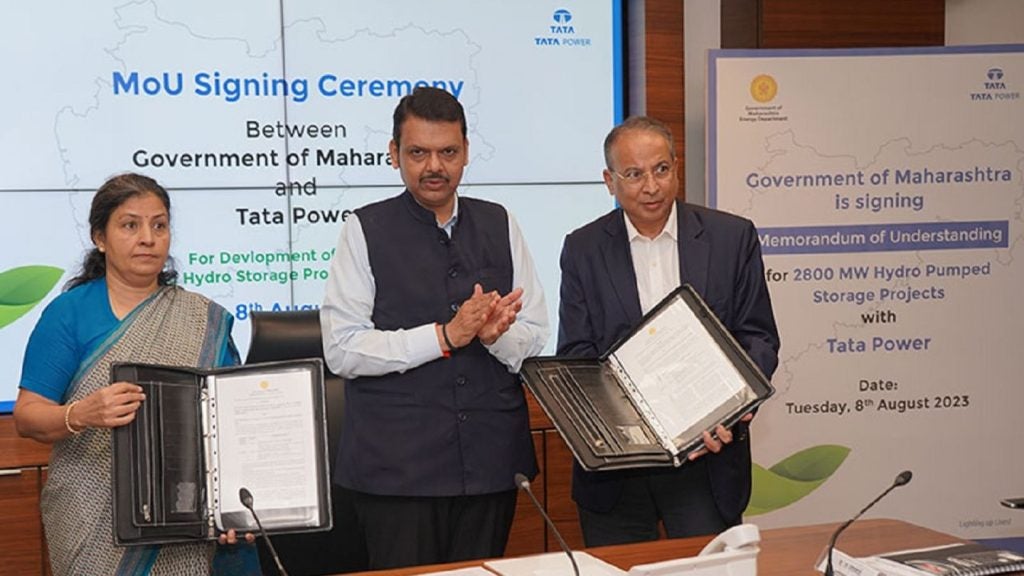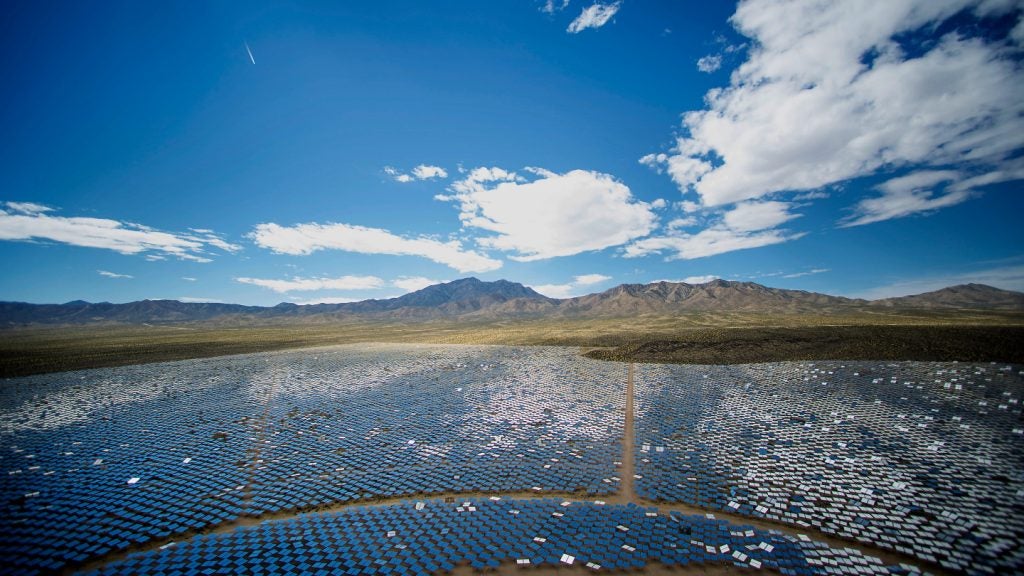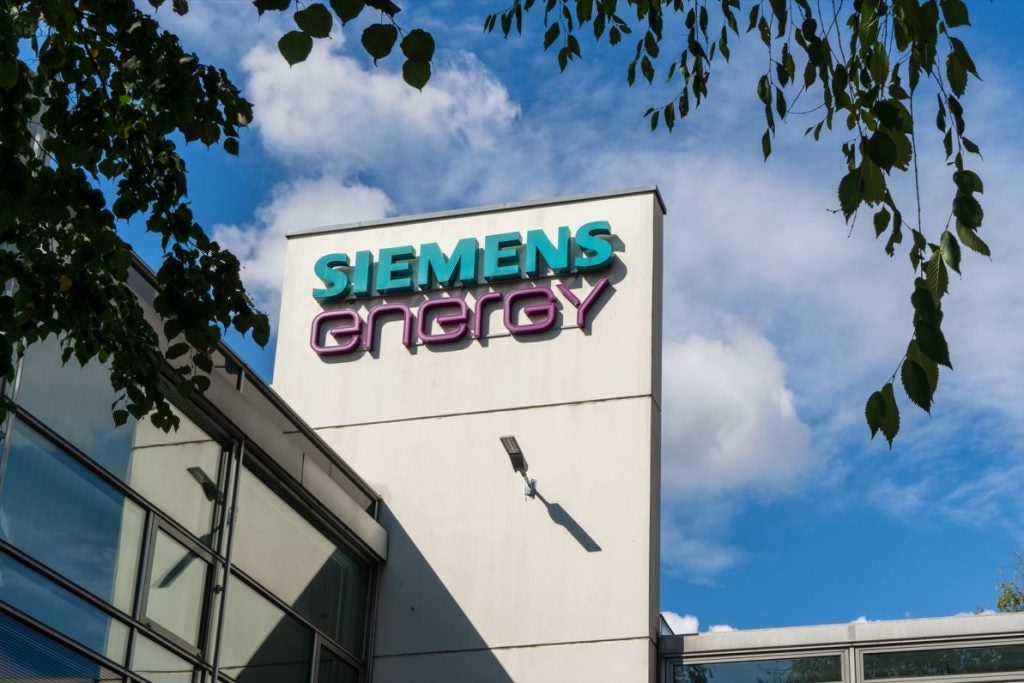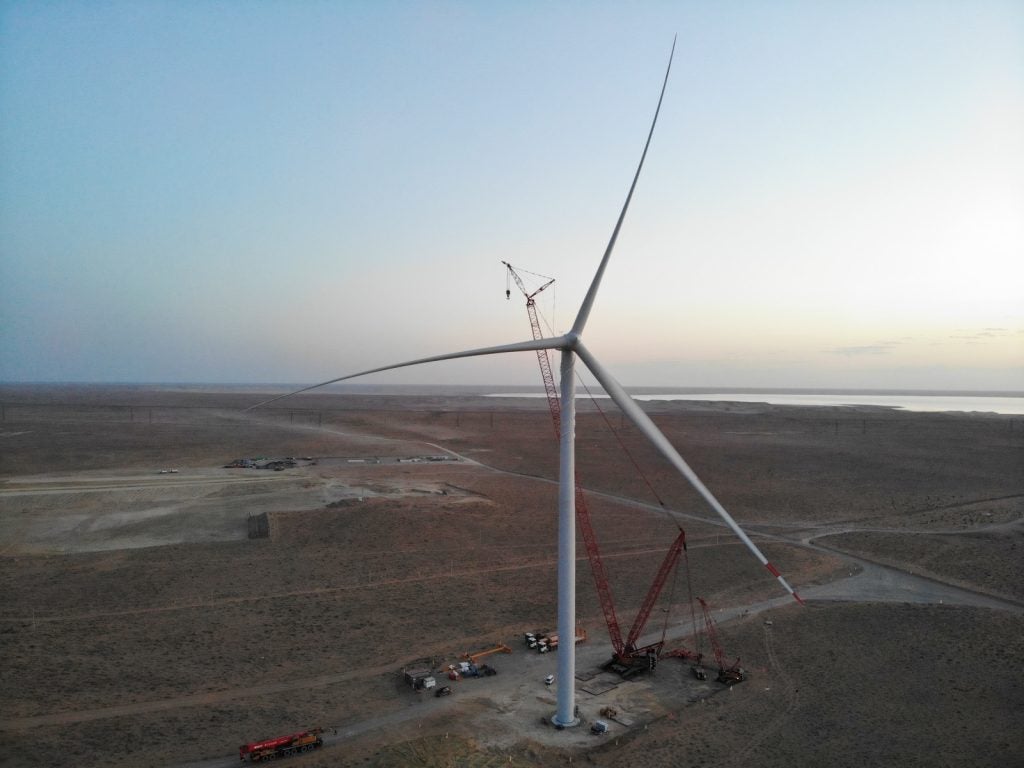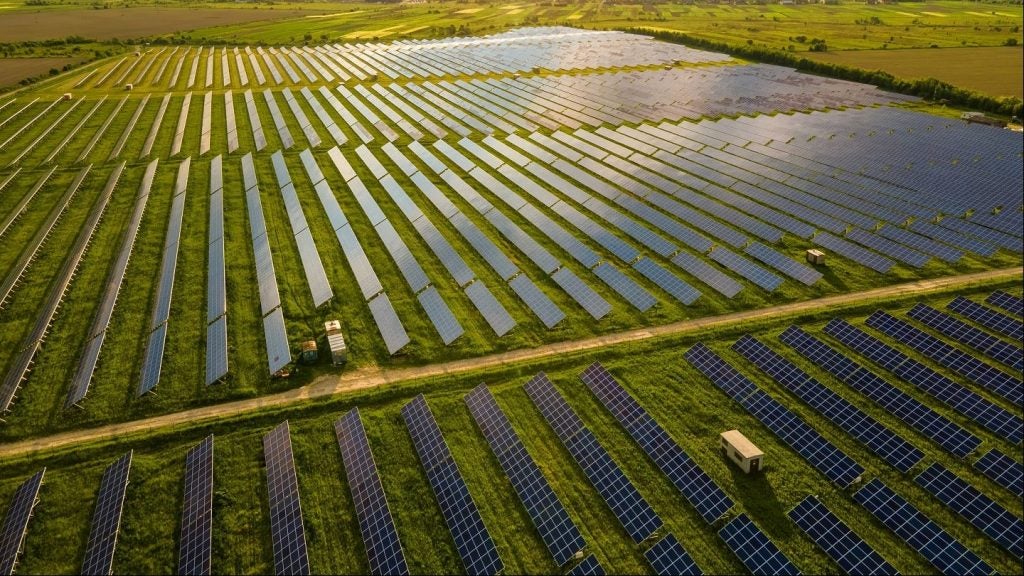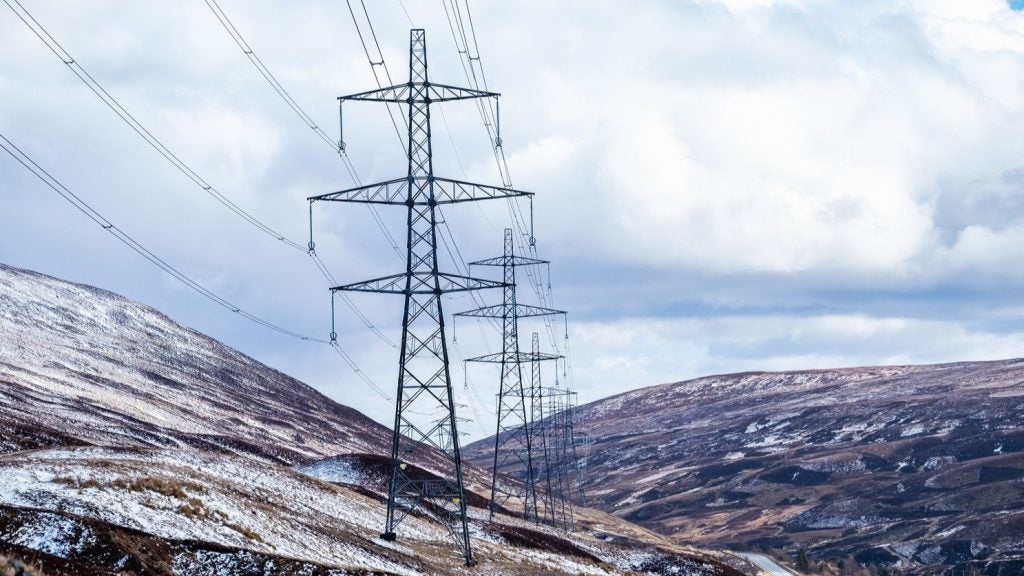Tata Power, an independent power producer in India, has entered a memorandum of understanding (MoU) with the government of Maharashtra for the development of two pumped hydro storage projects with 2.8GW of total capacity.
Estimated to cost Rs130bn ($31.56bn), the two projects will be located at Shirawta, Pune, with 1.8GW, and Bhivpuri, Raigad, with 1GW.
The two projects will leverage the kinetic energy of water to create a stable power supply, and will support the state and the country’s energy landscape.
Tata Power's MoU with the government can ensure grid stability while bringing about the seamless integration of renewables.
Tata Power CEO and managing director Praveer Sinha stated: “The signing of this MoU is a major step forward in Tata Power’s journey towards a clean and green energy future. Pumped hydro storage is a reliable and efficient way to store energy, and these projects will support renewable solar and wind projects to ensure a reliable, 24/7, consistent power supply.
“This is a historic moment for both Maharashtra and Tata Power, and we are proud to be a part of this initiative.”
Water will be pumped from a lower reservoir to a higher reservoir during times of excess energy. During peak demand, the stored water will be released to run turbines, generating electricity.
The projects will be located in the Western Ghats mountain range in India. The natural topography of the region offers significant potential for pumped storage hydro projects.
Tata Power has a foothold in the region through three hydropower stations: Khopoli, Bhivpuri, and the Bhira station, which includes a 150MW pumped storage hydro project.
The clean electricity generated from these projects has played an important role in the development of the capital city of Mumbai and its surroundings while bringing overall economic growth to the neighbouring districts of Raigad and Thane.


